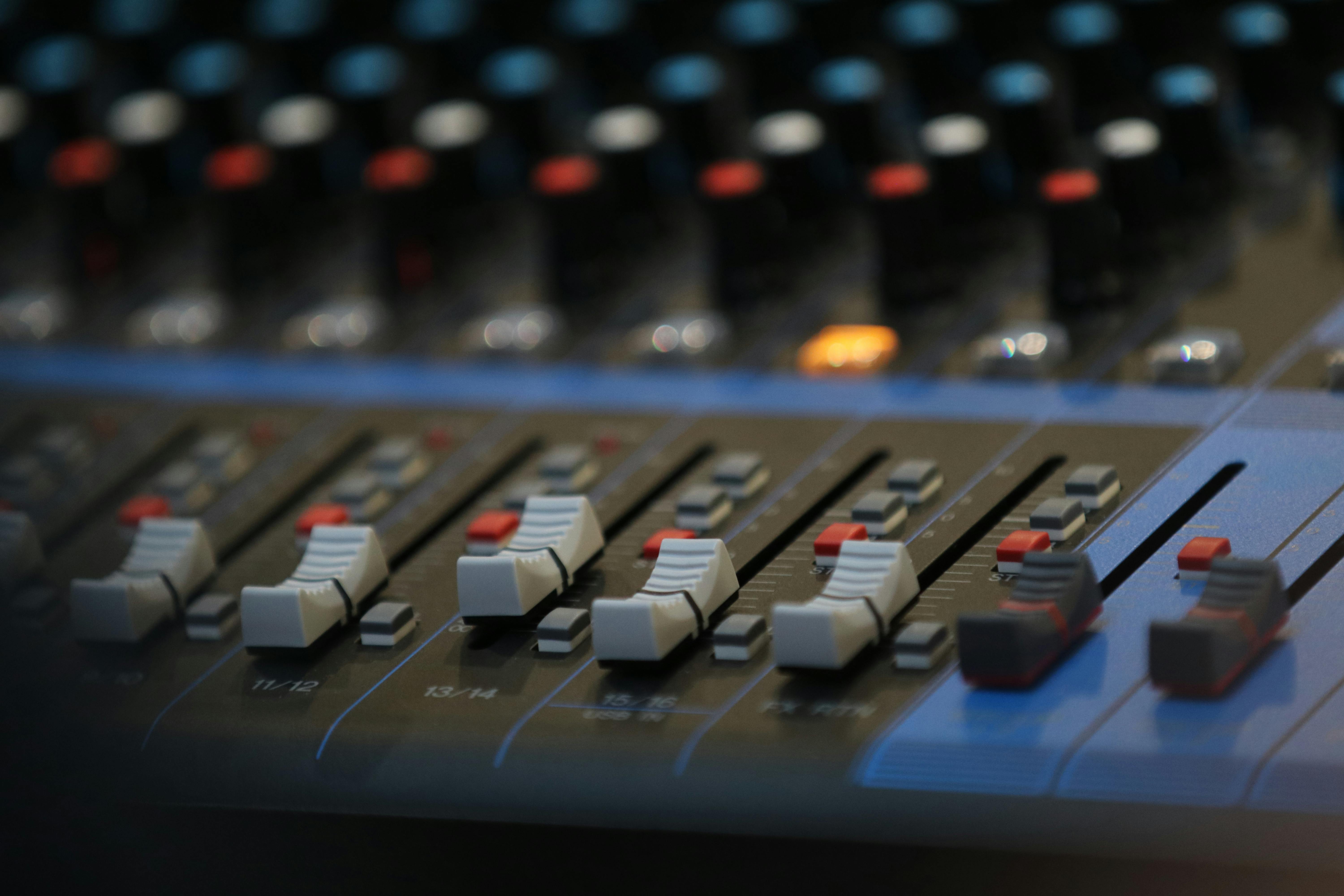ribbons. VHS. 8 tracks. All these technologies had a good run, but now they are things of the past. Will printed books meet a similar fate? In recent years, the e-book market has grown exponentially, especially since the release of electronic reading devices such as Amazon’s Kindle and Sony’s eReader. Despite all the hype surrounding e-books, the printed book remains. It is a technology that has survived millennia. However, change is slowly coming to the publishing industry and even to the core definition of what a book is. As more companies enter the e-reader market and e-books are more accepted by the reading public, this shift is likely to accelerate until reading on a digital device becomes the de facto standard.
Change the eBook from PDF to interactive text
Most eBooks published today still come from traditional publishers and are simply a print book converted to a digital format and available online. While the Kindle and most other e-readers offer several features that a print book doesn’t, such as a built-in dictionary and note-taking capabilities, there isn’t a significant difference in the overall reading experience. To truly harness the potential of the digital medium, eReader technology will have to advance and publishers will have to produce content that takes advantage of the interactive nature of the web. Various sectors of the publishing industry, textbook publishers for example, have already begun to adapt to this changing landscape and now offer customizable and hyperlinked text. Right now, however, some books still work better in print. Children’s cookbooks and picture books are highly dependent on color and pattern and do not yet transfer well to digital devices, although this is likely to change in the future. However, for the next few years, print books will continue to be the top sellers, with e-books more of an additional revenue for publishers. This will change as e-books realize their interactivity potential and e-readers develop beyond providing a simple imitation of print reading.
Device Convergence
Both Amazon and Sony entered the e-reader market early on. The devices they developed use E Ink technology, which has eliminated many readers’ objections to switching to reading on a screen. E Ink makes reading from a screen similar to reading from a page. Although these two devices were released less than five years ago, there have already been many changes in e-reader technology and many other companies have joined the competition and created their own e-readers. Apple launches its iPad in mid-2010, which is not just an e-reader, but a tablet with a hard drive and large memory. Barnes & Noble released the Nook in late 2009. Their device combines LCD and e-ink displays in an attempt to capture the benefits of both display types. Alex from Spring Design, which hasn’t hit the market yet, has a similar design. One screen will be optimal for browsing and the other for reading longer text documents. There is less and less distinction between various devices, as the line blurs between a PC or an MP3 player or an eReader or a mobile phone. In the future, one device may cover all of a user’s needs, but for now, e-readers seem to be evolving in stages, adding new features with each new device released.
Free and Less Expensive Books
The e-book market, while growing at an astonishing rate, still accounts for a small percentage of total book sales. This will most likely change as the cost of e-readers falls and more people discover that reading digital books can be a pleasurable experience. The fact that e-books are almost half the cost of hardcovers is also a major motivator for pushing readers to switch to digital. Many e-books are not only low-priced but also free. Sites like Project Gutenberg and Google Books offer thousands of free public domain titles to download. Recently, Macmillan, a large commercial publisher, fought with Amazon over the right to set the price of the books instead of accepting that the books cost $9.99 or less. Amazon eventually relented, but the reading public expects e-books to be priced well below the cost of a print book. Apple is changing the pricing structure by allowing publishers more autonomy to set the price of their books available through the Apple Store. Instead of setting a fixed price, the cost will be determined in relation to the hardcover edition. It will be interesting to see how this e-book price war plays out, but the future looks set to offer cheaper books and more affordable e-readers.
Editors/Authors
The book market has changed very quickly in a very short time for both publishers and authors. It’s easier than ever to publish a job, since in the digital space there are no printing or storage costs to cover. However, with this ease of publication, there is already a glut of titles on the market. This makes it extremely difficult for an author to cut through the noise. Traditional publishers still provide a sense of authority to authors and a sense of security to readers because they function as gatekeepers, ensuring, in most cases, that only the most valuable content makes it to the printed page. In the digital world, publishers are trying to catch up and stay relevant by publishing e-books and pursuing projects as innovative as publishing a novel in installments on mobile phones. While third-party content distributors Google, Apple and Amazon have all developed e-readers, no publisher has yet to develop a proprietary device. This could prove problematic for publishers in the future, as these companies may decide at some point to get into the publishing business.
